Seed Indoors...time to get growing!
Dear Friends:
I have spotted a huge growing trend ( no pun intended) which is happening at light speed here in Ohio.
After getting a dose of early spring, at the home and flower show back in February, seeds and seeding supplies were a hugely popular item.
I was shocked and in awe at the quantity of seeds clients were purchasing. It wasn’t just a pack or two, some purchased as many as 40-50 packs of seeds.
I figured it's a home and flower show, people are excited but since the 1st of March, seed sales at our store have been huge.
With prices of food rising, possible shortages, gas prices rising, I feel people are planning on becoming more self supportive with some of their food needs. Starting seeds at home and transplanting into the garden is a great way to combat that.
Growing your own food can be fun and rewarding. If you involve your children, this is a great way to get them to eat more vegetables. Who doesn't want to say ," I grew that" and they will love picking the ripened fruits of your labor when they are ready.
Here are some simple steps to help with the success of starting seeds and keeping your plants looking good until they are ready to plant.
It all starts with the seeds. Pick what you like to eat and if you're feeling adventurous, try something new.
Once you have the seeds, realize, timing is key. The old farmers say Memorial Day is the signal when there will be no more frost for the season. Some may push this window closer to the 1st week of May to the middle of May but
history has shown, Memorial Day is the safest bet. Most seed packets will list when or how long it takes to germinate as well as produce vegetables. The following is a list of some of the more popular vegetables and a list when you should sow your seeds.
- 10 weeks before the last frost Broccoli, cabbage, cauliflower, celery, leeks, onions, impatiens, lobelia and perennials in general
- 8 weeks before last frost Early head lettuce, coleus, petunia and salvias
- 7 weeks before last frost Tomatoes, peppers, eggplant and early basil
- 6 weeks before last frost Early leaf lettuce, early cabbage, brussel sprouts, kohlrabi, kale and small seeded annuals
- 4 weeks before last frost Melon, late basil, cucumber, squash, pumpkin, large seeded annuals and flowering vines
- 2 weeks before last frost Corn, annual vines such as morning glory
- A Week before last frost Direct seed beans, carrots, cauliflower, cucumbers, squashes, zinnias
Transplant tomatoes, cauliflower, squash and cucumbers
1-2 weeks after last frost. Direct seed lima beans, soy beans, melons, herbs,
Start a second crop of kale seedlings, reseed spinach and peas for a second crop.
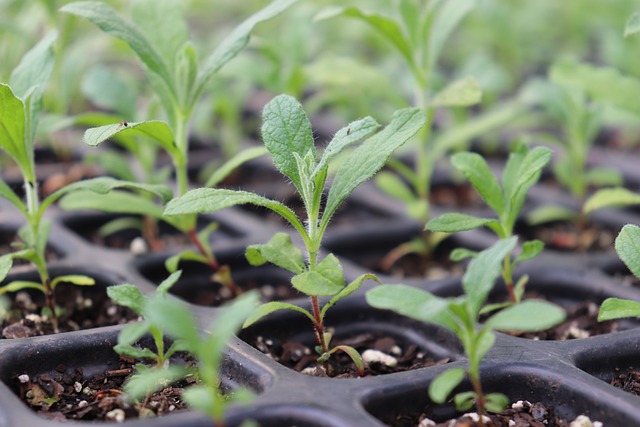
Pandy's Premier Garden Center
440-324-4314
www.pandysgardencenter.com


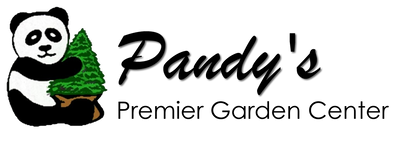
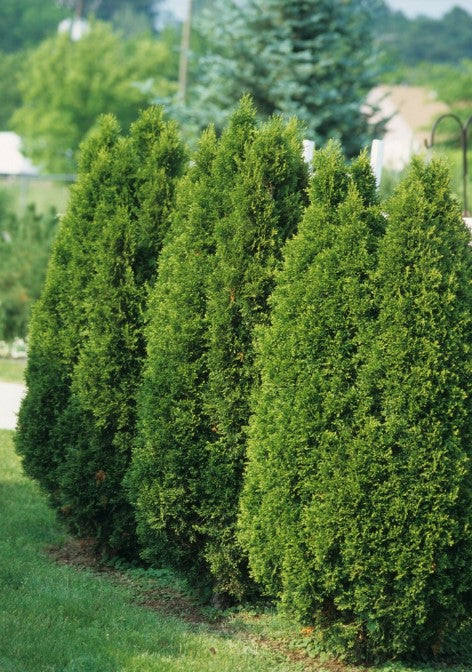
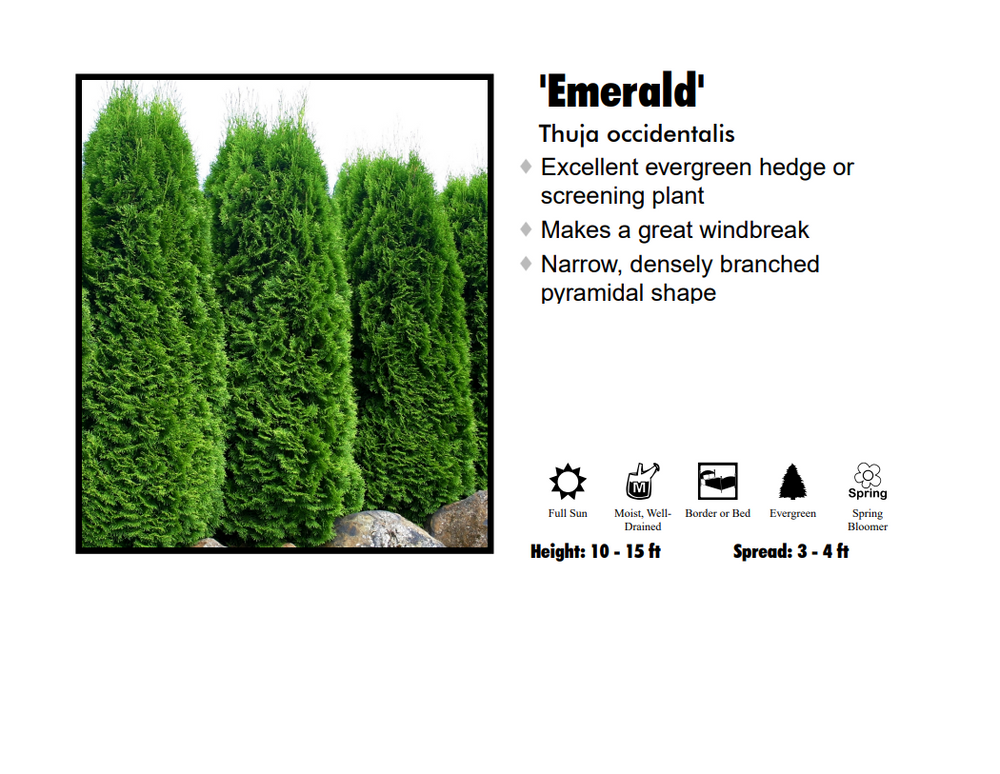

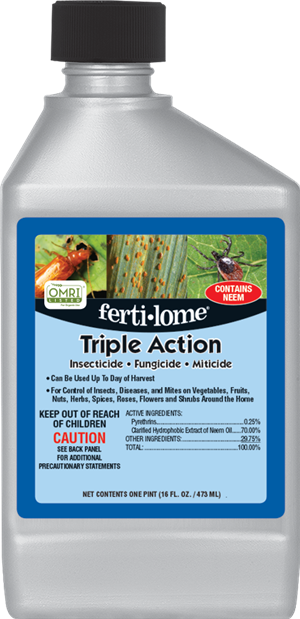
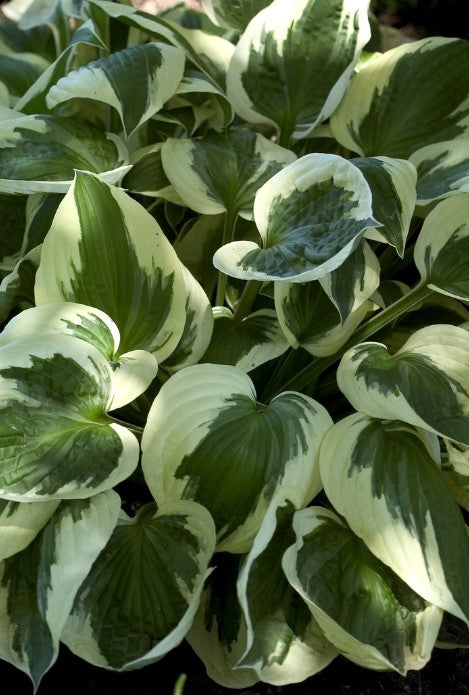
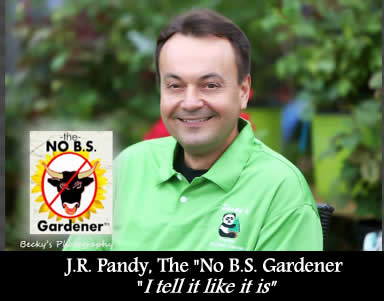

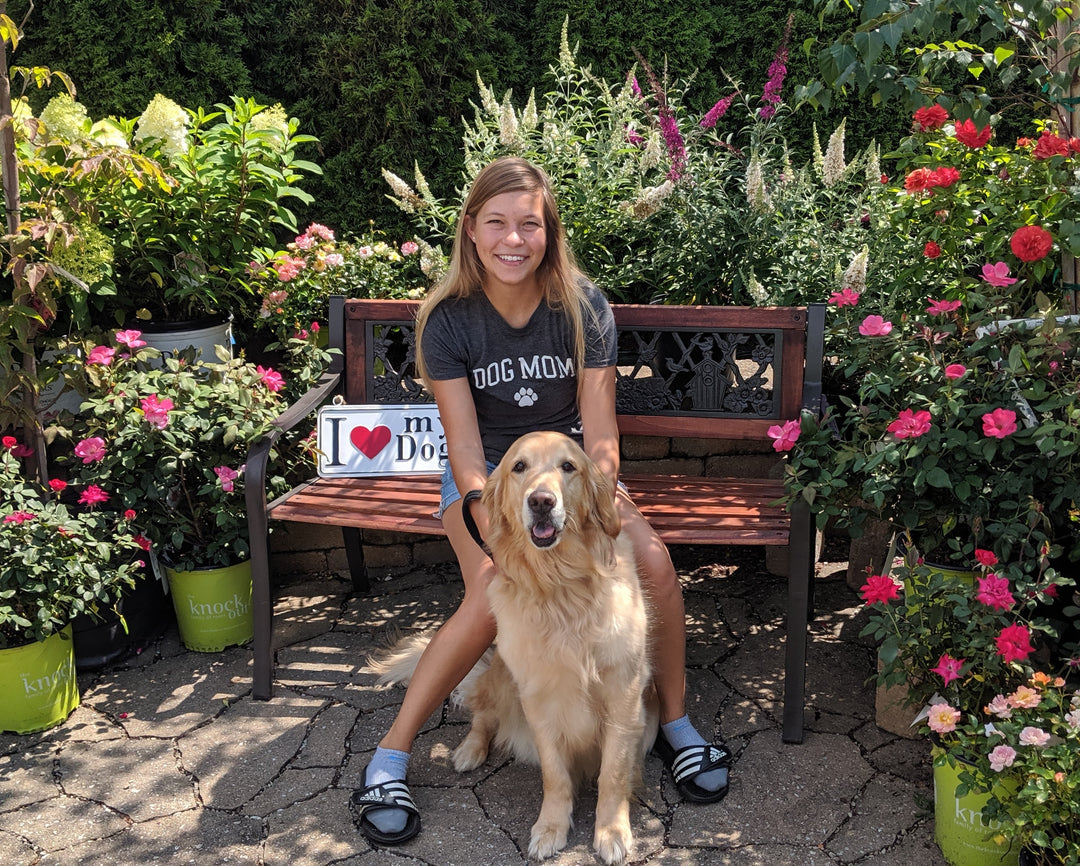
Hi I met you guys at the home and garden show, I’m wondering when I should start my seeds? Is it too early to start tomato and pepper seeds? Thanks
Leave a comment